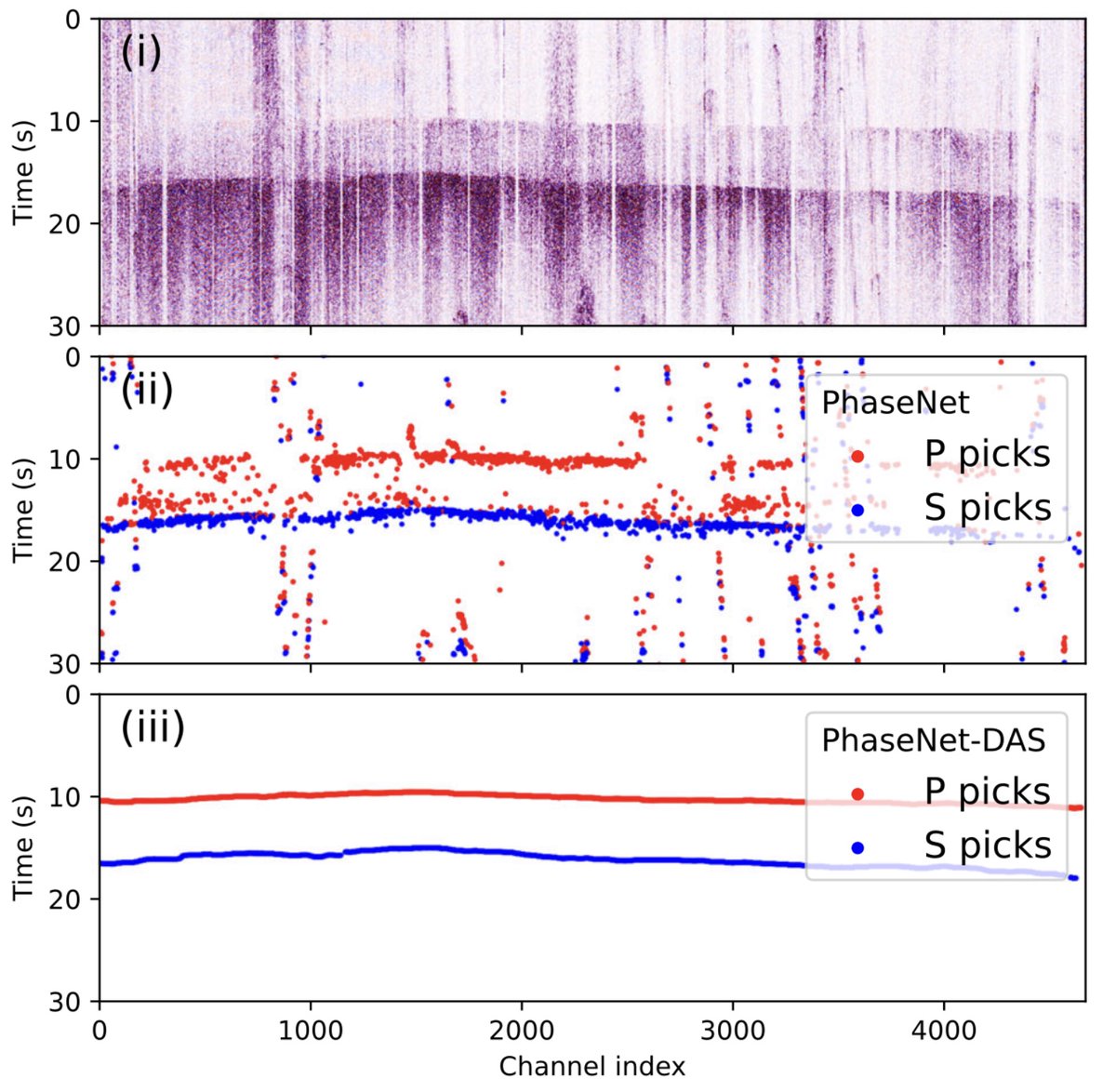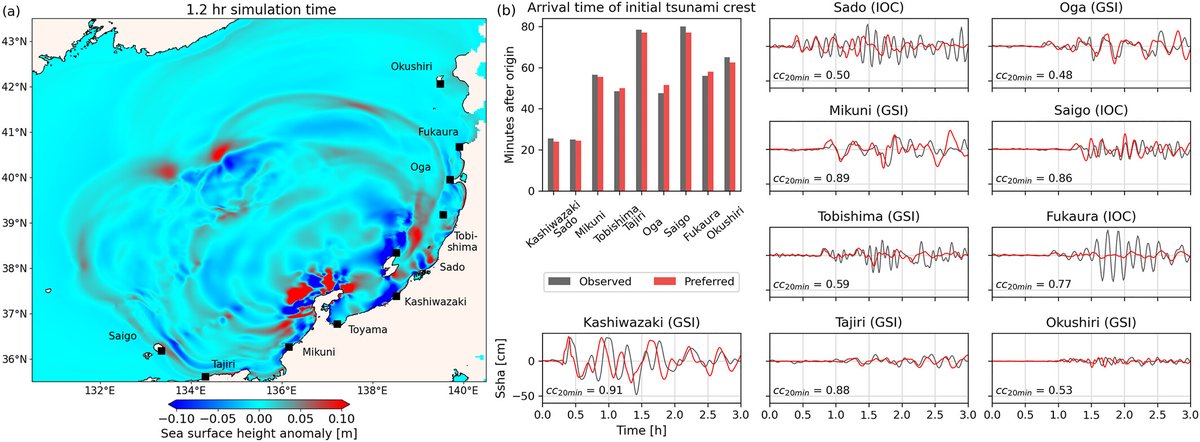
Zhe Jia
@jiazhe868
Research Assistant Professor at UTIG, JSG, UT Austin, he/him
ID: 724364839
https://jiazhe868.github.io/ 29-07-2012 17:44:07
88 Tweet
874 Followers
251 Following



Why was the earthquake so large? In our recent paper in Science Magazine, we revealed how the destructive Turkey earthquakes this year gradually ruptured and evolved in a multi-fault web, forming a domino-like cascading effect! Link: doi.org/10.1126/scienc…


Our new paper Science Magazine combines diverse data sets & earthquake analysis, from geodesy to 3D rupture dynamics, teleseismics to near-fault ground motion, to unravel & explain the complex #TurkeyEarthquake earthquake doublet. Led by Zhe Jia IGPP at SIO science.org/doi/full/10.11…




Phase picking in DAS is challenging with noisy data and thousands of channels involved. Our new paper in Nature Communications demonstrates how #MachineLearning effectively handles this. Explore PhaseNet-DAS! @zhuwq0 Jiaxuan Li Jiuxun Yin Zachary Ross nature.com/articles/s4146…









For the first time I‘m attending #AGU24 AGU (American Geophysical Union) and I am excited to share our recent work on the Noto Peninsula #earthquake. Find out how source complexity governs #tsunami generation in my talk NH51B-06 agu.confex.com/agu/agu24/meet…















